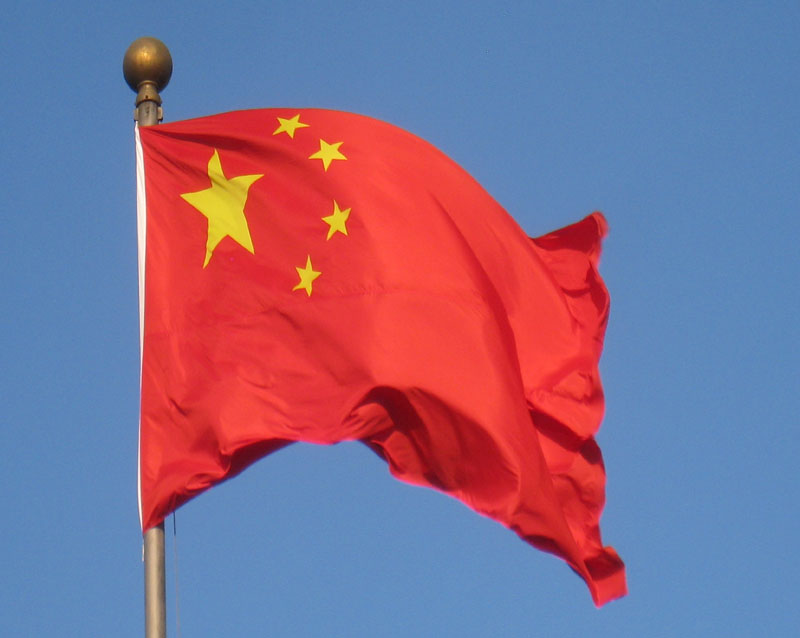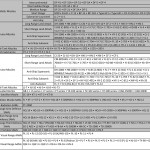
Any discussion on America’s Indo-Pacific Strategy, particularly by the Quad members emphasizes the ‘Centrality of ASEAN’. Interestingly, China also is for ‘Centrality of ASEAN’ in its dialogue with this grouping though China’s strategy of deceit and ambiguity proves it never abides by what it says.
The ASEAN Declaration says that the aims and purposes of the Association are: one, to accelerate the economic growth, social progress and cultural development in the region through joint endeavors in the spirit of equality and partnership in order to strengthen the foundation for a prosperous and peaceful community of Southeast Asian nations, and two, to promote regional peace and stability through abiding respect for justice and the rule of law in the relationship among countries in the region and adherence to the principles of the United Nations Charter. In 1995, the ASEAN Heads of State and Government re-affirmed that “Cooperative peace and shared prosperity shall be the fundamental goals of ASEAN.”
Compare the above to the Joint Statement ‘The Spirit of the Quad” issued at the First Quad Leaders Summit on March 12, 2021, salient points of which are: unity in shared vision for a free and open Indo-Pacific region that is inclusive, healthy, anchored by democratic values, and unconstrained by coercion; commitment to promote a free, open rules-based order, rooted in international law to advance security and prosperity and counter threats to both in the Indo-Pacific and beyond; support rule of law, freedom of navigation and over–flight, peaceful resolution of disputes, democratic values, and territorial integrity, and; strong support for ASEAN’s unity and centrality as well as the ASEAN Outlook on the Indo-Pacific.
It may be seen from the above that both the ASEAN and the Quad have commonalities in pursuit of a free and open region, equality, partnership, shared development, peaceful resolution of disputes, territorial integrity and rule of law and the like. While the Quad is fairly recent informal grouping that came up in wake of China’s mounting aggressive moves, ASEAN was formed in 1967 to create a common front against the spread of communism and promote political, economic, and social stability amid rising tensions in the Asia-Pacific.
China shares land borders with as many as 14 countries, and has eight maritime neighbours. Southeast Asia is a huge neighbouring region for China, to which it is connected by land and the South China Sea. China’s relations with ASEAN are based both bilateral relationship with individual member and its collective relationship with ASEAN as a whole. Distrust of China by its neighbouring countries has been rising with China’s muscle flexing, illegal territorial claims and scant regards for international norms and laws.
It may be recalled that in July 2016, China rejected the ruling by the Hague-based international tribunal in favour of the Philippines; that China had violated the Philippines sovereign rights in its EEZ by interfering with Philippines fishing and petroleum exploration, constructing artificial islands and failing to prevent Chinese from fishing in the zone. The Tribunal also noted that China had created a serious risk of collision when its patrol boats had physically obstructed Philippines fishing. China rejected the ruling outright and threatened to set up its own international tribunal for such issues. China has been in favour of discussing territorial disputes only at bilateral level where it can use all means fair and unfair to pressure the other party or nation.
Over the years China has successfully used its economic muscle on some ASEAN member countries drawing them into its sphere of influence, which in turn has prevented ASEAN as a whole to call out China for its arbitrary hegemonic actions against its neighboursincluding the use of force. In doing so, China has been maneuvering statements to its advantage, making sure that China is not shown in negative light. China managed to orchestrate discussions about the so called Code of Conduct (CoC) in the waters of Asia-Pacific region in the manner it wanted. Ever wondered why China, despite its aggression including offensive tactics by its militarized civilian boat militia has not been specifically named by the ASEAN, ASEAN Plus Three, ASEAN Plus Six or the ARF?
In a recent ASEAN meeting, the statement relating to the prevailing situation in Myanmar recommended: end to violence, appointing a special ASEAN envoy; supplying humanitarian assistance; allowing a delegation to visit the country, and; asking that all parties be involved in dialogue. Notably, the original draft statement had called for the release of political prisoners, which was not included in the final statement. This may be on behest of Myanmar with Myanmar’s Senior General Min Aung Hlaing who took over power on February 1 attending the meet but more likely on Chinese behest through ASEAN members which are under Chinese influence. It can be taken for granted that any action by ASEAN concerning Myanmar will not go through without Beijing’s approval.
Year 2021 marks the 30th anniversary of China-ASEAN dialogue relations. In 2003, China joined the Treaty of Amity and Cooperation in Southeast Asia but has done its best to upset the peace in the region. To promote his ‘China Dream’ and bid to dominate the world, Chinese President Xi Jinping proposed closer China-ASEAN partnership in 2013, which resulted in the China-ASEAN Strategic Partnership Vision 2030 that was issued in 2018. Significantly, ASEAN surpassed the European Union as China’s largest trading partner for the first time in 2020.
China is promoting its strategic interests in ASEAN countries under the guise of development and connectivity especially through its Belt and Road Initiative (BRI) with key projects like the China-Laos Railway, the China-Thailand Railway and the Jakarta-Bandung Railway, as well as e-commerce, big data, 5G and smart cities. 2021 is also the China-ASEAN Year of Sustainable Development – euphemism on China’s behest to expand Chinese influence in the region. Xi’s visit to Myanmar in January 2020 provided renewed impetus to the China-Myanmar Economic Corridor (CMEC), a strategic highway to the Indian Ocean similar to the China-Pakistan-Economic Corridor (CPEC).
Fresh evidence that Beijing was working for five years after the outbreak of SARS to weaponizethe virus adds to the evidence that China deliberately bombed the world biologically with the Wuhan Virus in late 2019. With spread of the pandemic, Chinese actions have turned more rogue against its neighbours in Western Pacific and against India. Xi Jinping and the Chinese regime needs to be tried by an international tribunal for the worst war crimes against humanity with 3,264,143 Covid-19 deaths globally and 156,496,592 confirmed cases of infection till May 8,2021 as per the WHO. These figures will keep going up.
This being the centenary year for China’s Communist Party (CCP), what more has Rogue China planned beyond weaponizing viruses? If the world by and large stands mute, China will certainly will be encouraged to steamroll its way through using worst means while the world keeps waffling about a free and open region, equality, partnership, shared development, peaceful resolution of disputes, territorial integrity, rule of law etc.
In 1966, Zhou En Lai meeting a Pakistani military delegation in Beijing raised his clenched fist and said, “This is capable of delivering a forceful blow, but if you cut off one finger, the fist loses its power, not by one-fifth, but by fifty per cent.” That is what China has done to ASEAN – cut one-two fingers of the fist. The question is can ASEAN get its unity back and stand up to China calling a spade a spade? It is about time Quad nations too stop hesitating to name China collectively.




